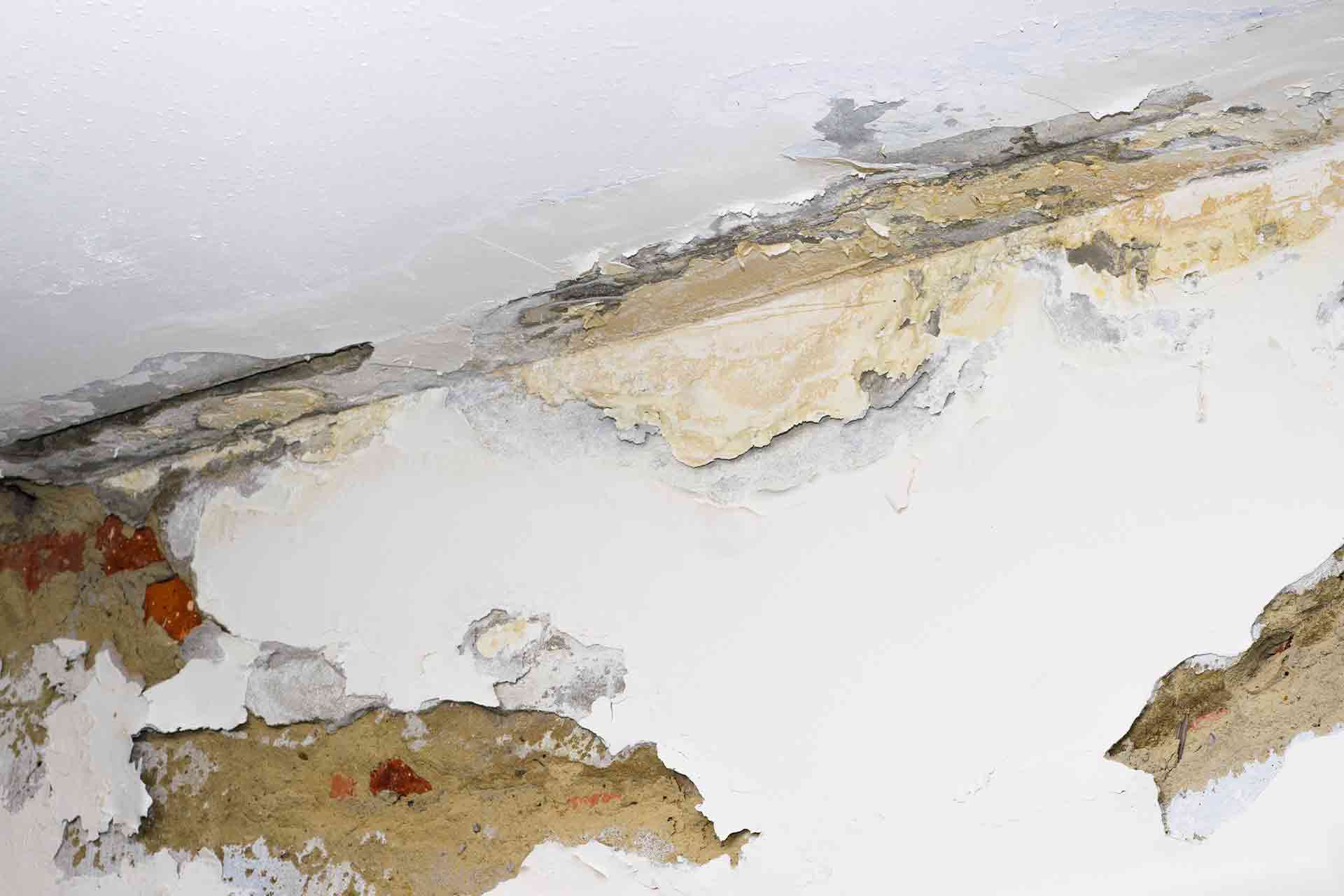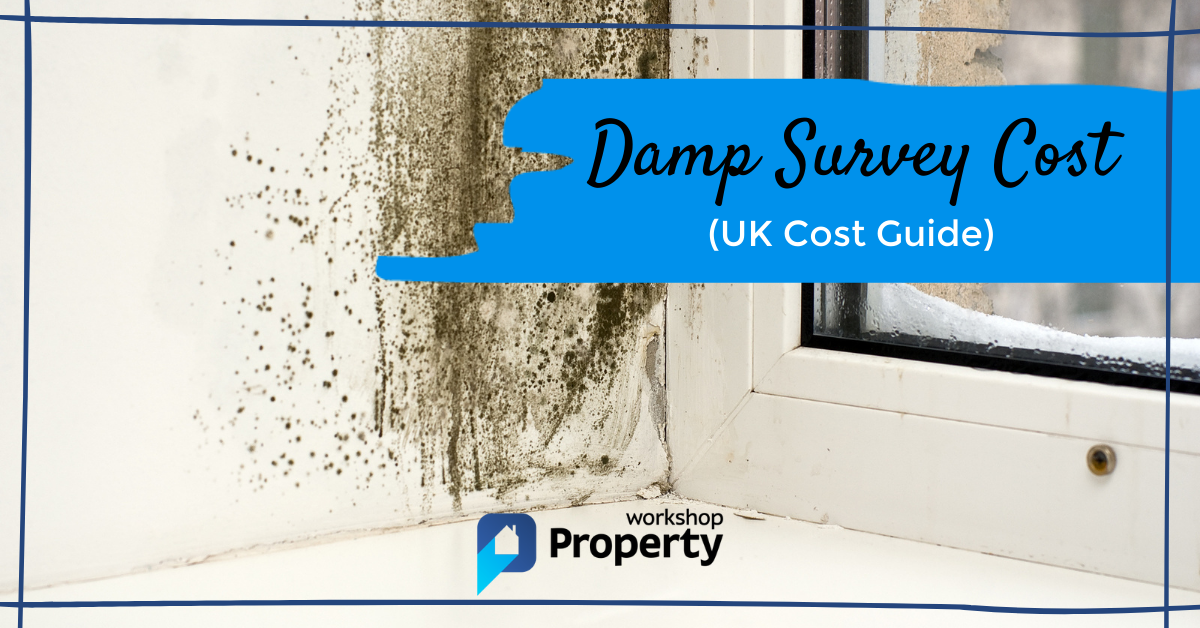
The Pricey Consequences Of Overlooking Block Upkeep
What Essential Preserving Wall Layout Suggestions Should You Recognize?
For the backfill, a granular material like crushed rock or gravel is commonly utilized, as it supplies great water drainage and avoids Building Survey water build-up behind the wall. Springtime and autumn are suitable for developing keeping walls due to moderate temperature levels and dirt problems. Include the dirt in layers, compacting each layer to make certain stability and stop settling. Proper backfilling is crucial for the structural stability of the wall surface, as it gives assistance and protects against disintegration. For included security, stagger the positioning of keeping wall rocks to ensure that the joints between stones do not align vertically. This technique, called interlocking, assists disperse stress evenly and prevents the wall from moving.
Dealing With Drainage Issues
The depth of the excavation will depend on factors such as the kind of structure and the dirt conditions. It is critical to make sure that the excavation is level and effectively straightened according to the structure plan. Incorporating drainage features, such as weep openings or gravel-filled trenches behind the wall surface, assists redirect water far from the structure and avoids hydrostatic pressure buildup. The elevation and incline of the wall surface identify its stability and the amount of pressure it will apply on the maintained dirt. Consulting with a professional or engineer is recommended when building taller wall surfaces or walls in tough surface. They can supply guidance on appropriate wall surface measurements and reinforcement requirements.
Comprehending Preserving Wall Stones
We concentrate on choosing materials and designs that integrate with your garden's style and environmental problems, using long life and charm. Via our method, house owners can delight in enriched exterior living locations that are as sustaining as they are appealing. Preserving walls add certain appeal and visual passion to exterior areas, separating the dullness of the environment. These wall surfaces offer sensible rooms for different usages, including gardening, resting, and recreation. Retaining wall surfaces enhance the landscape's aesthetic appeal, use, and satisfaction by integrating numerous aspects such as terraced gardens, seating spaces, or water features. In both domestic and business setups, they boost the general ambiance and functionality of the architecture by fusing energy with looks.
How Greengirt Cmh And Smartci Systems Meet And Surpass Architectural Integrity Criteria
- Regular upkeep can avoid small problems from rising into significant structural issues.
- The laminations are normally set up to make sure that each lamination's grain runs parallel to the light beam's size.
- Gradually, block can absorb wetness, leading to a range of issues, consisting of efflorescence (white, grainy down payments on the surface), mold and mildew development, and the deterioration of mortar joints.
- Call your neighborhood building authority to establish if you require an authorization and what regulations apply.
- Throughout winter months, use vacation lights and evergreen branches to produce a cheery appearance.
Boulder walls are the embodiment of flexibility and adaptability since they can be changed in dimension, shape, and style to fit various landscaping needs. They are utilitarian and visually pleasing means to enhance exterior settings, whether they are used as huge retaining structures or for ornamental purposes. In general, a well-designed and correctly constructed maintaining wall surface not only offers functional advantages yet additionally includes charm and personality to a sloped yard. Nonetheless, there are quite a few factors you may want to consider before going all in on setting up a retaining wall.

Include drainage services to prevent water build-up behind the wall, which can create architectural problems. Strategy how the wall surface will certainly integrate with existing landscape features, such as paths, patios, and yard beds, to produce a natural and practical layout. Creating gabion wall surfaces around fish ponds, water fountains, or waterfalls adds a vibrant element to the landscape. The gabions' tough structure contrasts beautifully with the water's fluidness, creating a sense of equilibrium and peace. For fish ponds, gabion walls can function as retaining frameworks or attractive borders.
Lessen interruption to natural environments by carefully planning the wall's location and style. Prevent soil erosion by ensuring appropriate water drainage and stabilizing the bordering soil. Maintaining your maintaining wall surface rocks tidy improves their appearance and avoids build-up of dirt and debris. Use a mild cleansing remedy and a soft brush to remove stains, moss, and algae. Avoid making use of extreme chemicals or pressure washers, as these can damage the stones. Permit demands for boulder walls can differ depending upon regional policies and the height of the wall. It's important to check with your local authorities or structure department to establish if permits are needed before starting construction. Developing balconies or including enter your rock wall layout can include visual interest and functionality. Balconies can be made use of for horticulture or seats areas, while steps boost accessibility and ease of movement within your exterior space. Guarantee your maintaining wall surface integrates seamlessly with the existing landscape. Suit the stones with various other hardscape components, such as pathways, outdoor patios, or actions, to produce a cohesive appearance.
